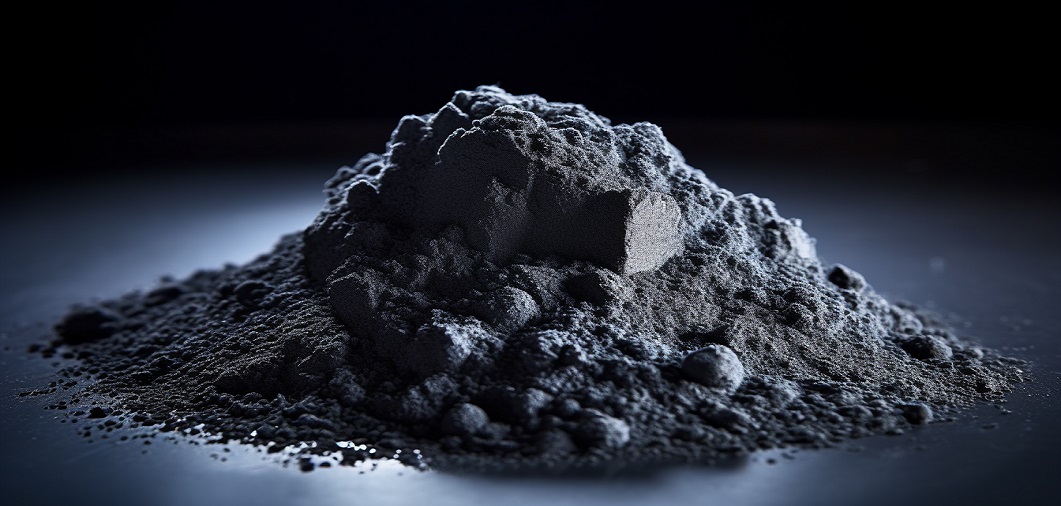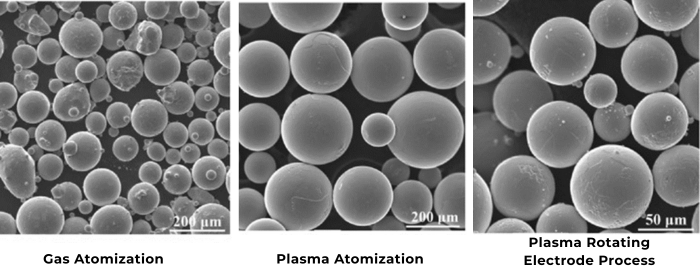

Space exploration has always been a realm of innovation and cutting-edge technology. From the first human landing on the moon to the exploration of distant planets, the quest to understand our universe has driven us to develop new materials that can withstand the harsh conditions of space. One such material that has gained prominence in recent years is high entropy alloys (HEAs) in powder form. These remarkable materials are proving to be invaluable in our quest to explore and colonize the cosmos.

High entropy alloys are a class of materials that contain a combination of multiple elements in nearly equal proportions. Traditional alloys, such as steel, typically consist of one or two primary elements with smaller amounts of other elements added to enhance specific properties. In contrast, HEAs contain four or more elements in roughly equal amounts, leading to a high degree of disorder and, as a result, unique and desirable properties.
HEAs have several properties that make them ideal for use in space exploration:
Exceptional Strength and Toughness: HEAs are known for their outstanding mechanical properties. They exhibit high tensile strength, toughness, and resistance to wear and corrosion. This makes them suitable for building durable spacecraft components and structures.
Heat Resistance: Space exploration often involves exposure to extreme temperatures, both in the vacuum of space and on the surfaces of celestial bodies. HEAs have demonstrated excellent heat resistance, allowing them to withstand extreme thermal conditions.
Radiation Resistance: Cosmic radiation can be damaging to both equipment and humans in space. HEAs have shown promise in resisting radiation damage, making them a potential choice for radiation shielding materials.
Low Density: Despite their impressive strength, HEAs are relatively lightweight. This property is crucial for reducing the overall weight of spacecraft, enabling more efficient propulsion and reducing launch costs.
Corrosion Resistance: HEAs are highly resistant to corrosion, which is essential for long-duration space missions where exposure to harsh environments can deteriorate materials over time.
Customizability: HEAs can be tailored to meet specific mission requirements by adjusting the composition of elements. This versatility allows engineers to design materials with properties optimized for particular tasks in space exploration.
HEAs in powder form have a range of applications in space exploration:
Additive Manufacturing: 3D printing with HEA powders enables the creation of complex and lightweight components for spacecraft and habitats. This technology is particularly valuable for in-situ resource utilization, where materials can be extracted from celestial bodies and transformed into functional structures.
Coatings and Surface Protection: HEA coatings can protect spacecraft from micrometeoroid impacts and provide thermal insulation. These coatings extend the lifespan of equipment and enhance the safety of crewed missions.
Propulsion Systems: HEAs can be utilized in advanced propulsion systems due to their heat resistance and lightweight nature. This could significantly improve the efficiency and speed of interplanetary travel.
Radiation Shielding: Given their radiation-resistant properties, HEAs may be used in spacecraft and habitats to protect astronauts from harmful cosmic rays and solar radiation during extended missions.
Structural Components: HEAs can be used for manufacturing critical structural components of spacecraft, ensuring their durability and reliability in the harsh conditions of space.
While HEAs hold great promise for space exploration, there are challenges to overcome, such as optimizing manufacturing processes and ensuring material purity. Additionally, further research is needed to understand the long-term behavior of HEAs in space environments.
Nevertheless, the use of high entropy alloys in powder form represents a significant leap forward in materials science for space exploration. Their unique combination of strength, heat resistance, radiation resistance, low density, and customizability makes them ideal candidates for building the spacecraft and infrastructure needed to explore the cosmos. As our ambitions to venture deeper into space continue to grow, high entropy alloys may become an indispensable resource for humanity's journey to the stars.







